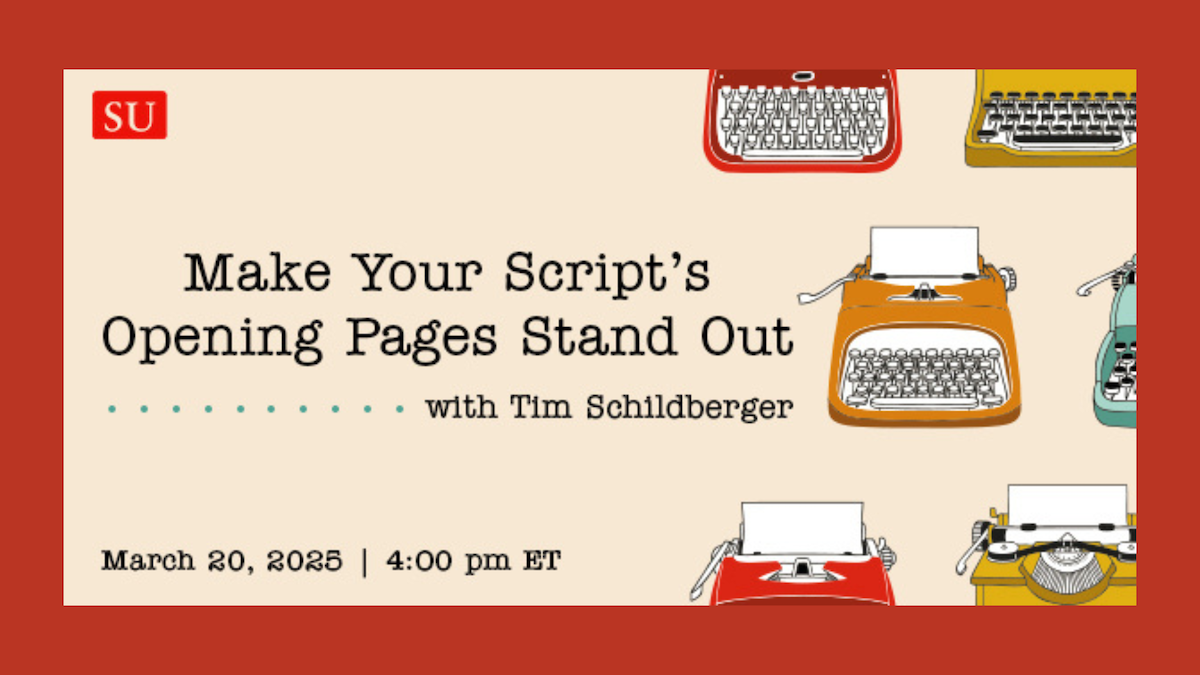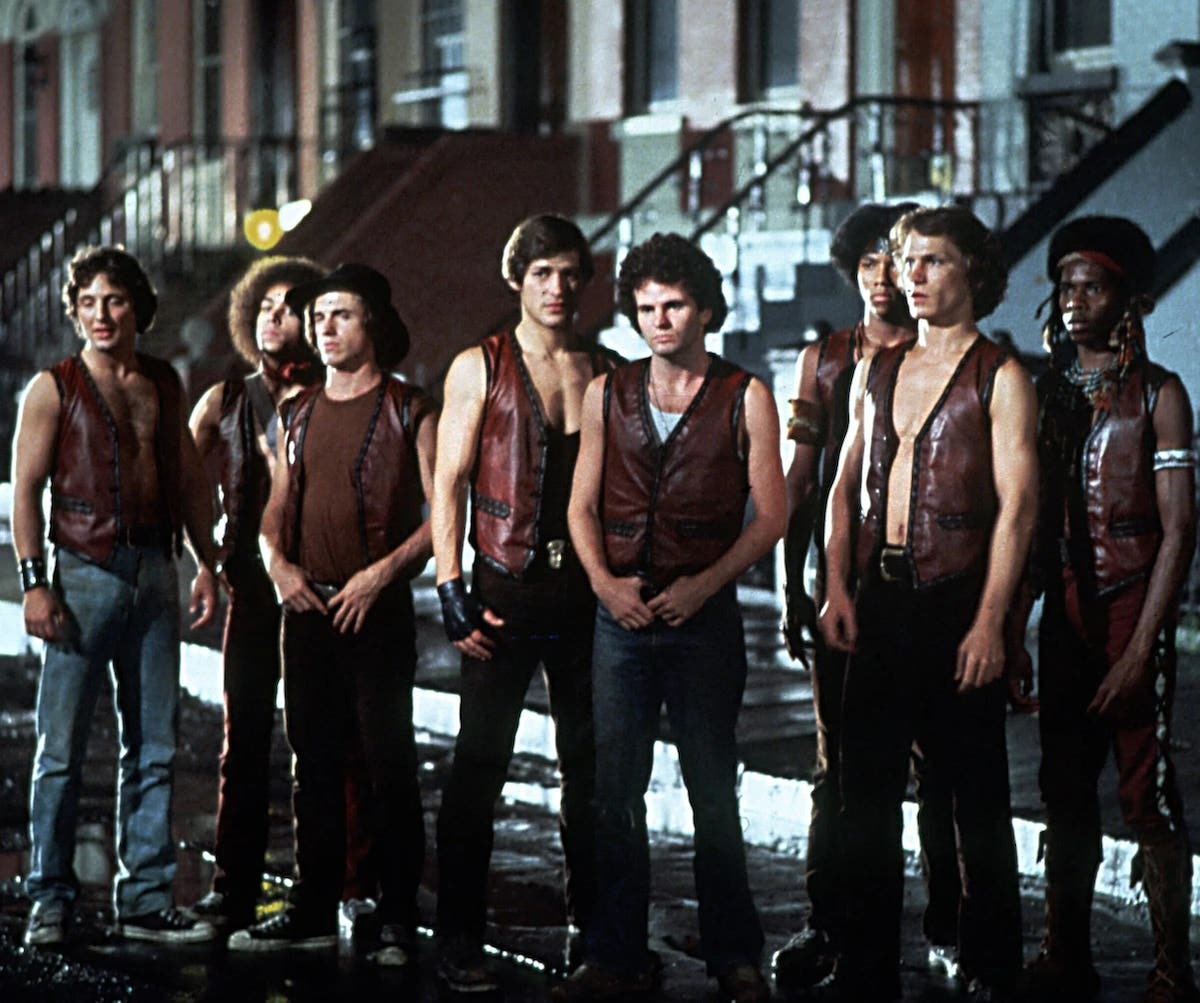Gimmicks, Ground Rules, and Gender in ’52 Tuesdays’
Susan Kouguell examines the use of gimmicks in screenwriting with some insights about the film ’52 Tuesdays’.
When James’s lover asks James: “Do you wish you were born a man?” James replies: “I wouldn’t have Billie.” And then soon James adds: “Yes.”
The Australian independent feature 52 Tuesdays captures a year in the life of 16-year-old Billie, whose reluctant path to independence is accelerated when her mother reveals plans for gender transition.
Sophie Hyde, winner of the Best Director, World Cinema Dramatic for 52 Tuesdays at the 2014 Sundance Film Festival, and her co-writer Matthew Cormack, set out with specific ground rules to develop this film. They created the structured rules first and then decided on the story and characters.
In a Skype interview, Sophie Hyde explained: “We started with the idea of two people meeting every Tuesday for a year. The ideas came from that.”
The rules: They would shoot every Tuesday until midnight for 52 consecutive weeks. An entire nonprofessional cast, the actors were given the script one week at a time, and only the scenes they appeared in.
Interspersed with the narrative are two-second long news clips of various world events from protest demonstrations to Julian Assange. Sophie Hyde explains the decision to incorporate the clips, which separate the various Tuesdays that are labeled by dates: “With all the emotional change that occurs in the characters’ lives, and all the things that happen, it reminds us that the world still goes on. It is about the promise of change.”
There are the inevitable comparisons between 52 Tuesdays and writer/director Richard Linklater’s Boyhood, which was shot one week every year for twelve years. Both films not only share themes of transformations, coming-of-age and parent/child relationships, but each used a gimmick -- in the case of these two films, the decision to set rules for shooting to convey the narratives. The Boyhood structure revisits the characters yearly for twelve years, the 52 Tuesdays structure revisits the characters weekly for one year.
Whether viewers and critics feel this specific gimmick works in either or both of these films continues to be up for debate. The question screenwriters must ask themselves when considering using this type or other types of gimmicks is this: Is it necessary to use the gimmick to tell the story you want to tell? Would it work without it?
The initial gimmick of Hyde and Cormack’s idea takes it a step further and relates it directly to the plot, applying it to boundaries set by James as to the days and times (Tuesdays after school) Billie and James can meet and for how long. Billie reluctantly agrees to these terms, and moves in with her father.
Billie and James embark on their respective personal journeys, recording their experiences of change in video journals. These videos may at first seem like another gimmick, but they effectively add another layer of conflict while advancing the narrative.
Film executives want to discover original plot ideas and distinct visions; they don’t want to read gimmicks that don’t serve the plot. Screenwriters should not rely on gimmicks -- there must be compelling characters and a solid plot otherwise industry folks will stamp REJECT on the screenplay.
To learn more about the film here.
Susan Kouguell, award-winning screenwriter and filmmaker, teaches screenwriting at SUNY College at Purchase, is a regular contributor for IndieWire/SydneysBuzz, and other publications. She is the author of THE SAVVY SCREENWRITER and SAVVY CHARACTERS SELL SCREENPLAYS! A comprehensive guide to crafting winning characters with film analyses and screenwriting exercises. As chairperson of Su-City Pictures East, LLC, a motion picture consulting company founded in 1990, Kouguell works with over 1,000 writers, filmmakers, executives and studios worldwide. Her short films are in the Museum of Modern Art’s permanent collection and archives, and were included in the Whitney Museum’s Biennial. Kouguell worked as a story analyst and story editor for many studios, acquisitions consultant for Warner Bros., wrote voice-over narrations for (Harvey Weinstein) Miramax and over a dozen feature assignments for independent companies. www.su-city-pictures.com; http://su-city-pictures.com/wpblog/
Don't miss Susan's classes via Screenwriters University and her Screenwriting Tutorials:
- The Fundamentals of Screenwriting: Give Your Script a Solid Foundation. (4-week class, Mar 12th 2015 – Apr 9th 2015)
- Creating the Short Film: Accelerated (7-day course, Mar 12th 2015 – Mar 26th 2015)
Susan Kouguell, award-winning screenwriter and filmmaker, is a senior contributing editor for Script Magazine, and teaches screenwriting at SUNY College at Purchase. Author of Savvy Characters Sell Screenplays!. Susan’s consulting company Su-City Pictures East, LLC, works with filmmakers worldwide. Follow Susan on Facebook and Instagram @slkfilms.





